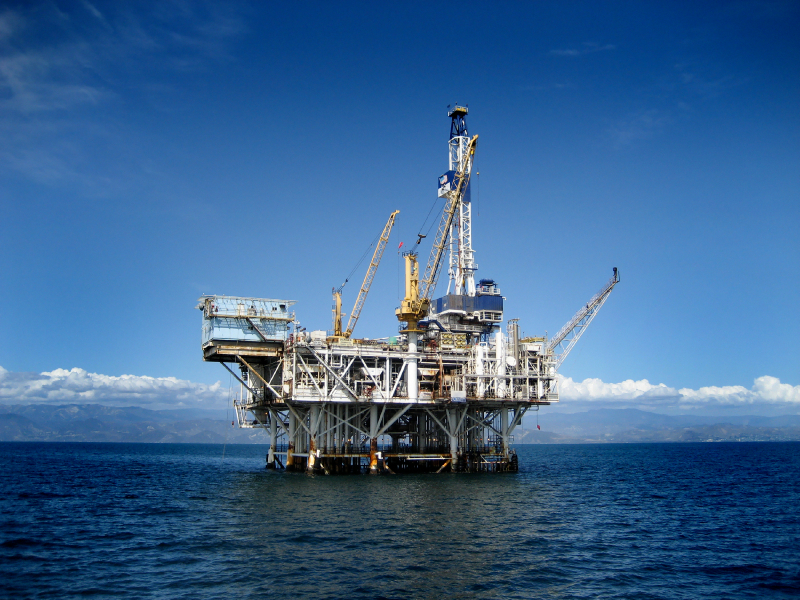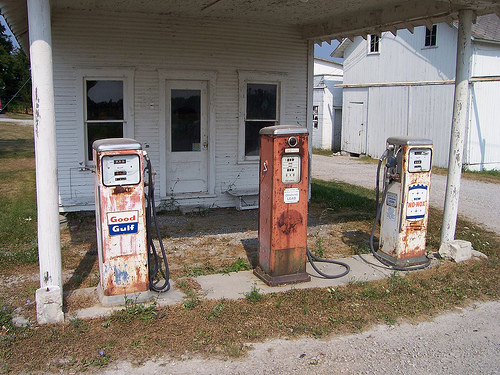Smart people who read true and false questions know to go for the non-obvious answer.
So we'll make it easy: The U.S. is importing less and less gasoline and, as highlighted by the Wall Street Journal (via Pike Research), will shortly become a net exporter of gasoline and diesel fuel.
Not since 1939 ...
For the first time in 62 years, a combination of booming demand overseas (read: China) and declining domestic demand is about to tip the balance between imports and exports.
U.S. Energy Information Administration data indicates that through September, the U.S. exported 750 million barrels of gasoline, diesel, jet fuel, and other distillates, but imported just 690 million barrels.

Offshore Oil Rig
Much of the gasoline sold on the East Coast is refined in Europe and exported to the States, because European demand for diesel fuel is much higher, because roughly half of all new passenger vehicles sold there have diesel engines. Diesel fuel is also taxed less in many European countries.
Gas use peaked in 2006
U.S. domestic gasoline consumption peaked in 2006, dived during the recent recession, and isn't expected to recover to its high point any time in the future.
Causes of the decline include the long-term impact of higher corporate average fuel economy (CAFE) rules, higher gas prices, lower average trip distances, and an increase in the amount of domestic ethanol blended into gasoline supplies.
Consumption of electricity, on the other hand, continues to rise slowly. But more of that electricity is generated by burning natural gas, much of it domestically produced, as well as increasing use of renewable energy sources, primarily wind and solar.

Three Old Gas Pumps Near Waldo, Ohio, by Flickr user The Upstairs Room
Energy analysts don't expect the U.S. to build many more coal-burning plants, though the existing ones will likely continue to generate power--with or without retrofits to reduce their emissions, which have been a source of fierce political controversy over their cost.
Good news for drivers
But this is all good news for car buyers.
Over the next decade, drivers will have more options for using less fuel--not only plug-in cars whose costs to run are cheaper per mile on average than gasoline cars, but far smaller, more efficient gasoline vehicles due to the impact of CAFE regulations that will rise to an average of 54.5 mpg by 2025.
And California is pushing the envelope even further, planning to require zero-emission vehicles to be sold in the state by every carmaker on top of the new gas-mileage rules.
Oil imports remain
One inconvenient fact has not changed, however: The U.S. remains the world's largest importer of crude oil, at roughly 9 million barrels per day. But the percentage of that oil used for passenger vehicle transport has declined, and likely remains on track to continue doing so, slowly.
So consider this your Friday fun fact to drop into pauses at holiday cocktail parties.
Or perhaps not.
+++++++++++













